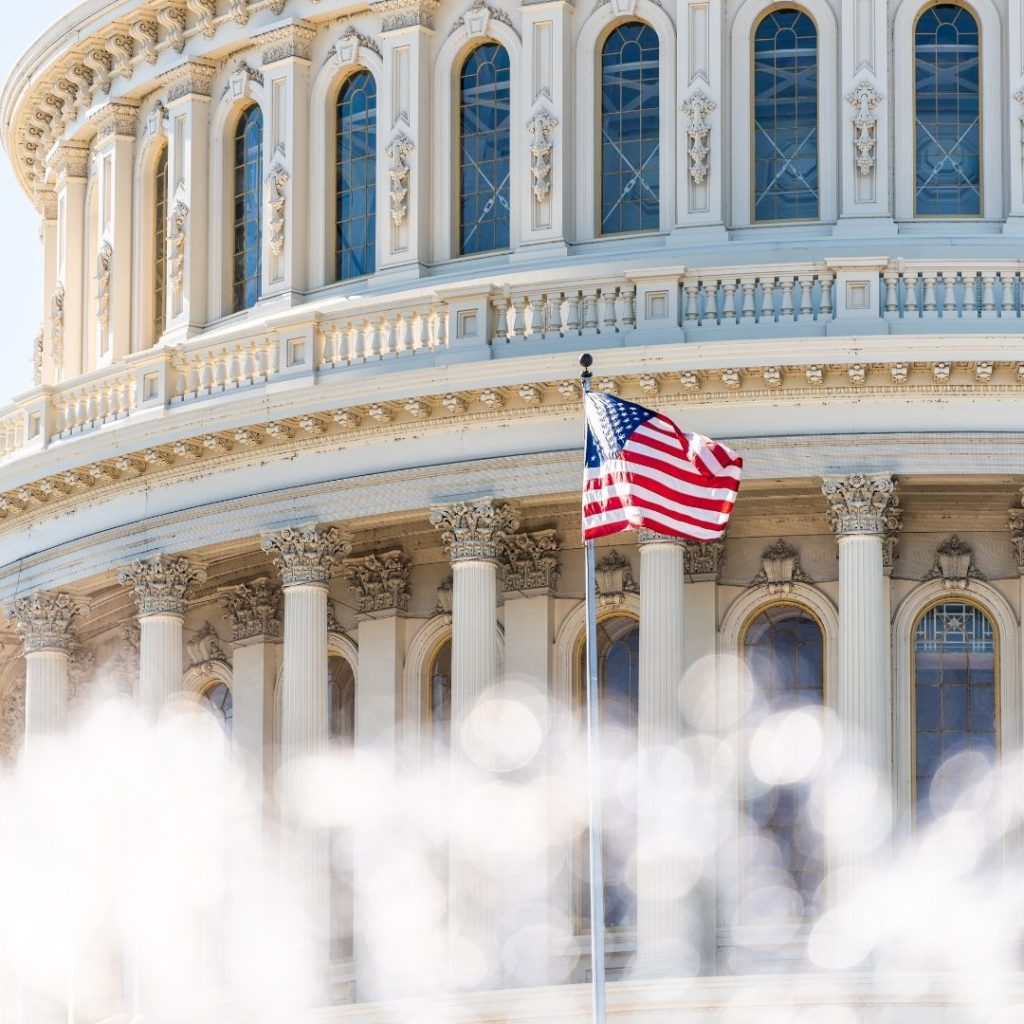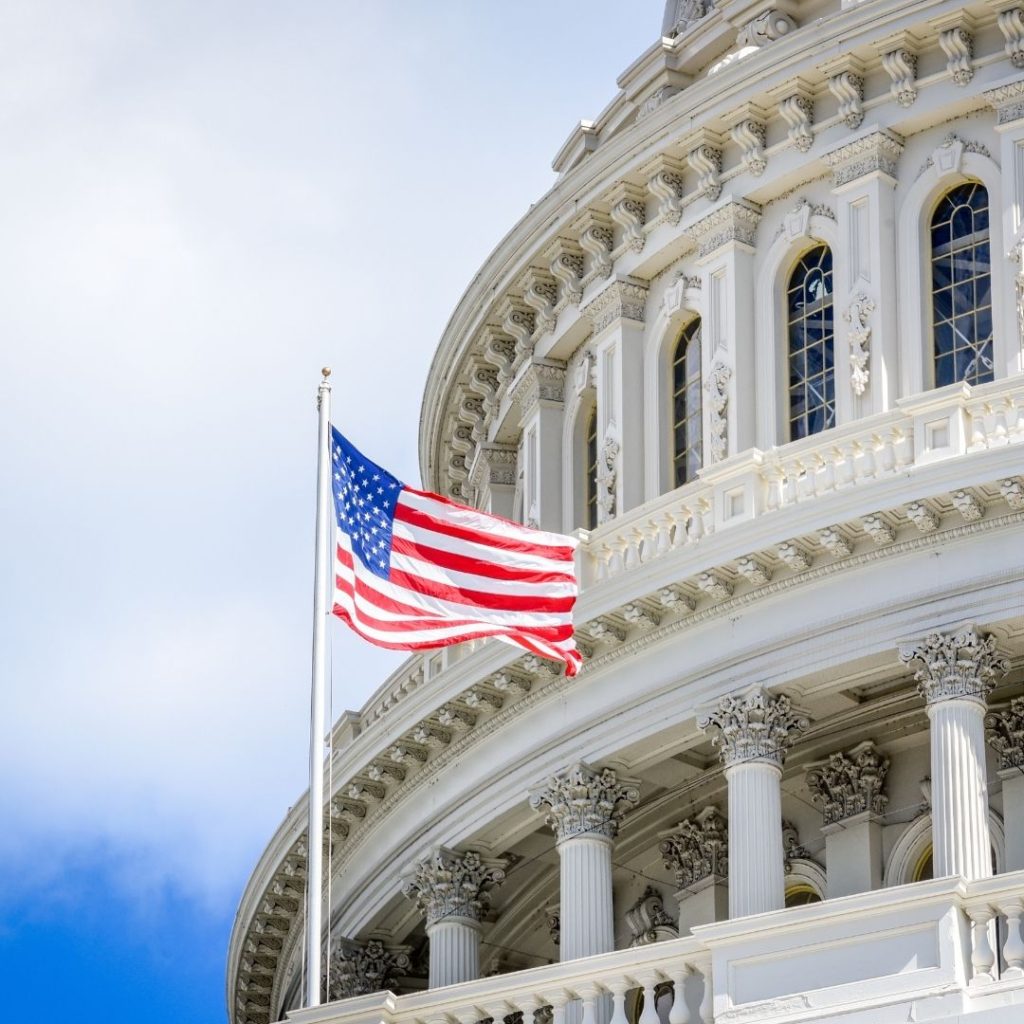Wondering what the new proposed UAP Office means? Don’t worry. I’ve got you covered. WASHINGTON, DC, has published the text of FY 2022 National Defense Authorization Act (NDAA), HR 4350, now approved by the US House of Representatives Armed Services Committee, which includes a 571-word section to force new obligations on the Department of Defense concerning UAPs or Unidentified Aerial Phenomena.
Here is a link to the release of the US 2022 National Defense Act, which directs the creation of an office to investigate Unexplained Aerial Phenomena. Full Report PDF.
HR 4350 was accepted by the full House Armed Services Committee on September 2, 2021, by a 57-2 vote, and the text has now been made public.
And this section will establish an office within the Office of the Secretary of Defense to carry out the mission currently performed by the Unidentified Aerial Phenomenon Task Force and require an annual report.
The House committee’s Unidentified Aerial Phenomena-related specifications differ from those included in a proposed Intelligence Authorization Act (IAA) (S. 2610), supported by the Senate Select Committee on Intelligence in July.
The two bills are not in direct opposition, but they take somewhat different approaches–the House language has more detailed substantive obligations on some points but requires less frequent reports to Congress.

These two sets of Unidentified Aerial Phenomena-related obligations should be viewed as recommendations part of a work-in-progress involving at least four key congressional committees and other players as well, including officials of the Executive Branch.
Defense authorization and Intelligence authorization bills are often merged during the legislative process.
A single set of Unidentified Aerial Phenomena-related conditions, applicable to both military and intelligence community components, will be hammered out during the coming months.
The Senate Armed Services Committee approved its version of an NDAA on July 21; the text has not been made public. The House Intelligence Committee has not yet produced its version of an IAA.)

Below you can find some key points from the House Armed Services Committee’s HR 4350.
- The bill defines “unidentified aerial phenomena” as “airborne objects observed by a pilot or aircrew member that are not immediately identifiable.” This definition of Unidentified Aerial Phenomena is too narrow in several respects. E.g., a security team could see a giant glowing disc land on a Minuteman III silo, which wouldn’t fit the description. Such defects are not uncommon at this stage, especially in big multi-subject bills such as this (1362 pages, work of seven subcommittees) and on “new” subjects. I do not expect any overly constrictive definition of Unidentified Aerial Phenomena will be classified by Congress, either in an NDAA or in an Intelligence Authorization Act.
- The bill would mandate that within 180 days of enactment, the Secretary of Defense, in consultation with the Director of National Intelligence, will establish a new UAP office “within the Office of the Secretary of Defense to carry out, on a Department-wide basis, the mission currently performed by” the UAP Task Force; the UAPTF will later be terminated. Enactment of this language would be a congressionally mandated elevation of the subject matter of Unidentified Aerial Phenomena.

- This bill requires that beginning December 31, 2022, the Secretary of Defense submit an annual report on Unidentified Aerial Phenomena to the congressional armed services, intelligence, and foreign affairs committees (six committees); it does not seem specific whether these reports should be submitted in classified or unclassified form or both.
- This new bill lists 7 “duties” for the new Unidentified Aerial Phenomena office, including centralization and standardization of UAP-reporting procedures “from each military department,” “coordinating with other departments of the Federal government,” “evaluating links between unidentified aerial phenomena and adversarial foreign governments, other foreign governments, or non-state actors,” “evaluating the threat that such events present to” the US, and “coordinating with allies and partners of the United States, as appropriate, better to assess the nature and extent of unidentified aerial phenomena.”

- This bill mandates that these reports “shall include” ten specific things, including “(B) An analysis of data relating to unidentified aerial phenomena collected through– (i) geospatial intelligence; (ii) signals intelligence; (iii) human intelligence; and (iv) measurement and signals intelligence. (C) The number of reported incidents of UAPs over restricted air space of the United States….(H) An update on the coordination by the United States with allies and partners on efforts to track, understand and address unidentified aerial phenomena. (I) An update on any efforts underway on the ability to capture or exploit discovered unidentified aerial phenomena. (J) An assessment of any health-related effects for individuals that have encountered unidentified aerial phenomena.”
The Unidentified Aerial Phenomena language in the bill originated with Rep. Ruben Gallego (D-AZ, 7th congressional district), the chairman of the Subcommittee on Intelligence and Special Operations of the House Armed Services Committee.
There was no separate roll call on the UAP language when the full Armed Services Committee held its “mark-up” (voting session) on the bill on September 1, 2021.
As revised at the mark-up, the entire bill was favorably reported to the full House of Representatives on a roll call of 57-2. Action by the full House has not yet been scheduled.
